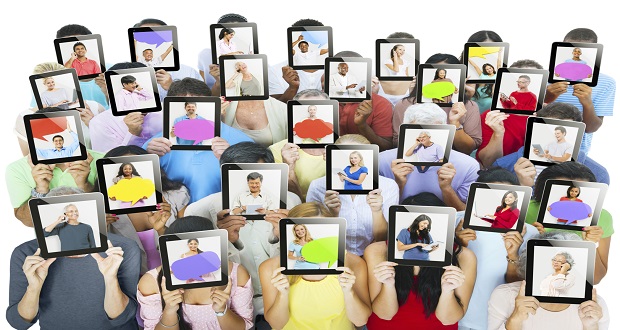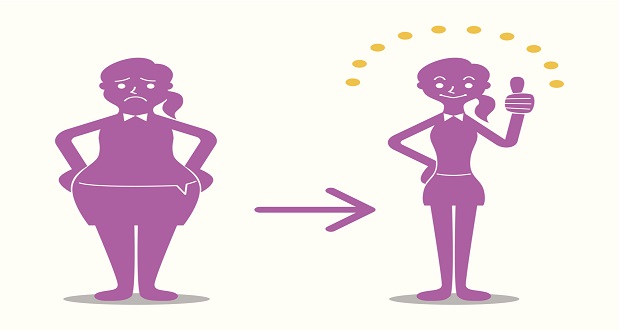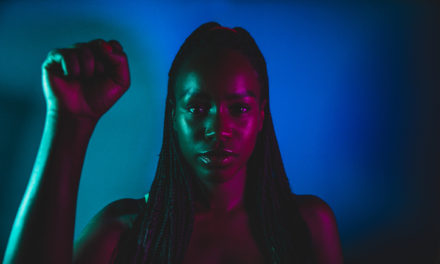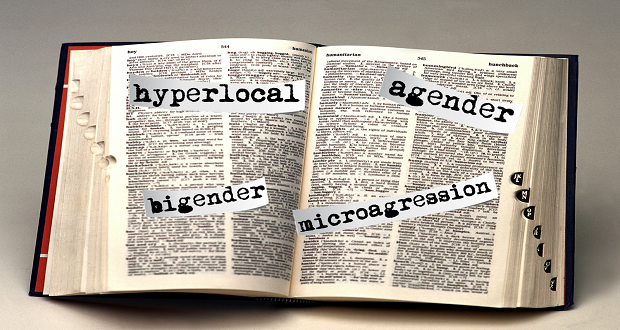
I have been struck recently by the idea that thinking about culture matters just as much for things as it does for people. Yet, ask most people to tell you about culture and you will get a laundry list of beliefs, values and practices. This is what first comes to my mind anyway. But this immaterial view of culture ignores the very material, physical world that beliefs and values inhabit. All of the physical stuff in our lives in some way points to our culture’s values and beliefs. And this is why including things in our diversity framework is so important—because things come from ideas. So maybe another way of exploring culture and diversity issues is to look at the physical objects that we create—and not just the ideas that create them.
Let’s take a look at technology for a moment to prove my point. First, does a creator’s culture shape the nature of their creations (things)? If so, you may find the tech industry’s lack of diversity troubling. Consider this summary of the tech industry’s demographics from the article, “Silicon Valley Sexism: why it matters that the Internet is made for men, by men”:
Twitter’s staff is 70 percent male, with men making up 79 percent of leadership and a whopping 90 percent of the engineering staff. Fifty-nine percent of employees are white. There is a similar gender gap at Facebook, where 85 percent of the tech staff are men. Overall, the company is 69 percent male, 63 percent white. At Google, men make up 70 percent of the staff, but 83 percent of the tech departments. Only 2 percent of Google employees are black. At 40 percent, Asians make up make up a large and growing percentage of people in the industry, however, this is primarily Asian-American men who, as industry expert Anil Dash explained last October, “are benefitting from tech’s systematic exclusion of women and non-Asian minorities”.
So these statistics are alarming from a diversity and inclusion perspective, but do they matter in terms of the actual technologies we use? Does it really matter who is actually making our search engines, social networking sites and social media—as long as they work? Yes. But I will grant this is a complex idea. We normally just assume the technologies we use are just natural “givens” without biases, cultures, and values of their own.
Here are two examples that illustrate this. Just last week I sat down with a friend of mine, who is a web developer (she happens to be a young black woman—which if you’re paying attention is a big deal in the tech world. She rocks!), to talk about why diversity matters in creating a web pages—or if it does at all. She emphatically said, yes, and went into detail about her personal experience feeling excluded with technology. She explained to me that her name, which has French roots and an accent mark above one of the letters, is impossible to enter into search bars on many websites she visits. The reason she said, comes down to just a few more “0s” and “1s” in the code on the backend of the website that could be added to account for this kind of name variation. So how does something as simple as an accent mark get overlooked in a developer’s code? When a developer—due to cultural assumptions or implicit bias—assumes that all of their users will have stereotypically “normal” names (i.e. white, America).
Twitter is a more public example of this kind of bias in technology. Twitter has long been a space for public dialogue and a space that is disproportionately full of women and people of color. This has led to amazing things for creating dialogue for people who have limited voice in other mainstream media outlets (Black Twitter, Arab Spring, Feminism, etc.). But it has also meant a wave of new forms of online racism, bullying, harassment and violence.
The people who engage in these forms of virtual hate now have their own official title—trolls. There have been countless public outcries against the online harassment that is felt mostly by women, people of color, and LGBT but they have been largely ignored or dismissed by Twitter. That is until last week when the CEO, Dick Costolo, said boldly, “We suck at dealing with trolls and abuse.” This is a huge step in the right direction. In order to continue flourishing, Twitter must realize that diversity and inclusion in our technological things matters. As it stands, the process for reporting trolls ignores a variety of cultural issues that shape the nature of gender-sex based harassment. The actual technology seems like an “add-on” that feels like a dismissal of the seriousness of online harassment—which may be a natural assumption from developers who have never experienced such harassment themselves.
Diversity and inclusion work is all about people—and rightfully so. But people use, create, and live with things. And the things we live with are products of our culture—for better and for worse. So as we strive to be more inclusive people, we should work to create more inclusive things.


















